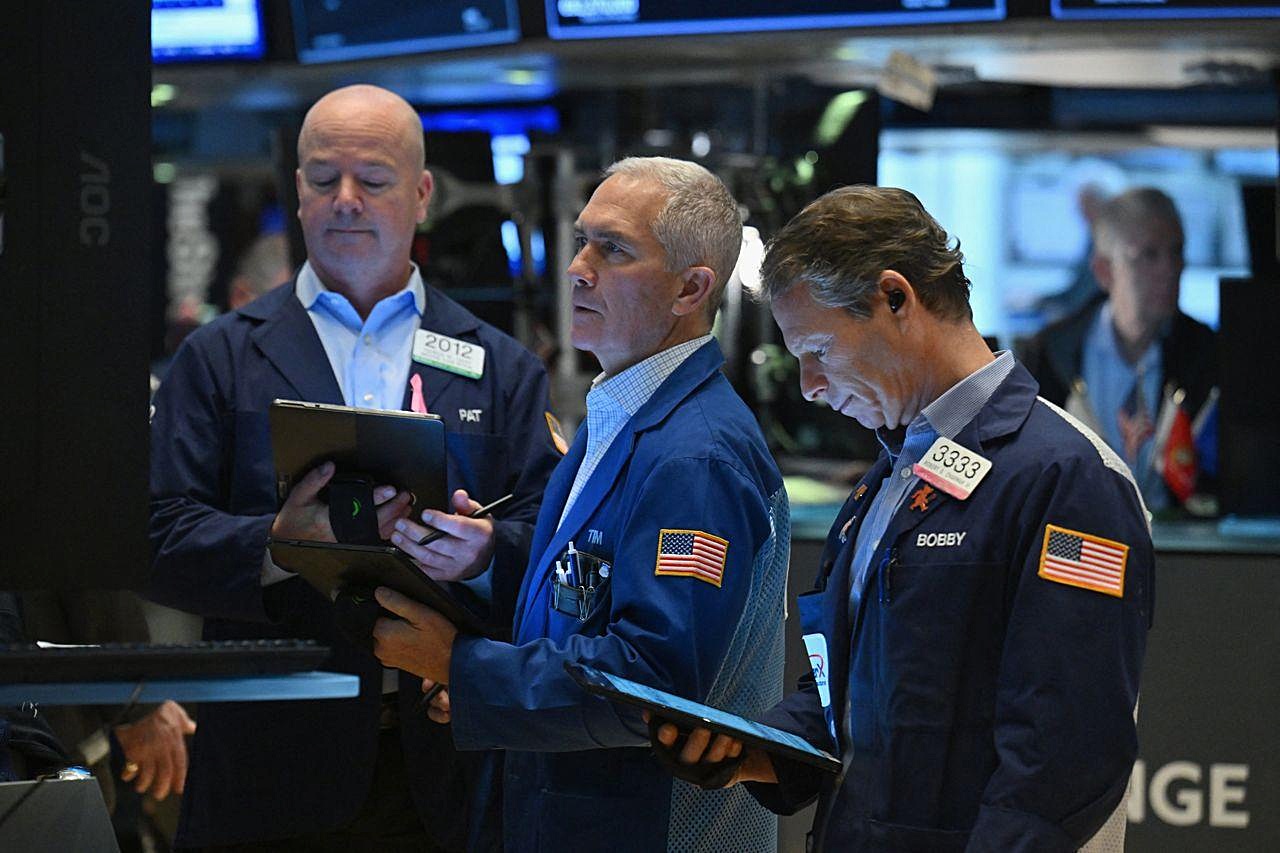The release of a disappointing U.S. jobs report on August 2 sparked a global stock market sell-off. Weak employment data increased concerns among investors about an economic slowdown and prompted a flight to safety.
European stocks experienced their worst day in over a year, while Japan’s benchmark Nikkei 225 suffered its biggest points drop since the COVID-19 pandemic. This was a result of investors digesting news that the U.S. economy added far fewer jobs than predicted and that the unemployment rate exceeded expectations.
The benchmark Stoxx Europe 600 Index, which represents 600 large-, mid-, and small-cap companies across 17 European countries, saw the largest drop in over a year, ending the session 2.7 percent lower.
Japan’s Nikkei 225 plummeted 5.8 percent, marking its biggest daily drop since March 2020 when the COVID-19 pandemic triggered a sharp sell-off.
Anxiety also affected Wall Street, with the VIX volatility measure, dubbed the “fear gauge,” surging by over 38 percent.
The Dow Jones Industrial Average fell 848.67 points, or 2.1 percent, to 39,499.31. The benchmark S&P 500 Index lost 125.12 points, or 2.30 percent, closing at 5,321.57. The Nasdaq Composite dropped 459.19 points, or 2.43 percent, to reach 18,431.19 by 1:30 p.m. EST.
The stock market decline occurred after the Bureau of Labor Statistics reported that the U.S. economy added only 114,000 new jobs in July. This represents a significant slowdown from the 179,000 jobs added in June and falls well below economists’ expectations of 175,000.
The July data also revealed that the unemployment rate jumped from 4.1 percent to 4.3 percent, reaching its highest level since October 2021. This signals a slowing labor market.
Much of the market narrative surrounding this disappointing jobs report focused on the high interest-rate settings by the Federal Reserve. This amplified investor expectations for steeper rate cuts, while fueling concerns that the U.S. central bank may be slow in adjusting its tight monetary policies to prevent a recession.
Yung-Yu Ma, Chief Investment Officer at BMO Wealth Management, stated in a note, “The Fed is already falling behind the curve and rates are overly restrictive. A 50 basis-point cut in September would only be catching up to, rather than getting ahead of, the curve.”
Some analysts suggested that the weak jobs report provided investors with a good opportunity to take profits, and warned of potential increased market volatility.
Michael Purves, CEO of Tallbacken Capital Advisors, commented, “This is a good excuse for investors to sell after a huge year-to-date rally. Does this weaker jobs number portend a recession that’s coming two quarters from now? There’s a lot of conflicting data.”
Purves also cautioned, “Investors should be prepared for some major volatility, particularly in big tech stocks. But it will probably be short-lived. The earnings reports haven’t been blockbuster, but they haven’t been bad either.”
The U.S. corporate earnings season has generally been slightly better than expected so far, with 78.4 percent of S&P 500 companies reporting earnings that surpassed analyst estimates.
As investors sought refuge from high-risk assets like stocks, they turned to the relative safety of U.S. Treasurys. This increased demand pushed the yield on the benchmark 10-year Treasury down to 3.822 percent intraday, the lowest level in about a year.
It’s worth noting that bond yields move inversely to prices, so higher demand results in lower yields.
Brian Mulberry, Client Portfolio Manager at Zacks Investment Management, found a silver lining and said, “There is a silver lining here. With yields now pulling back below 4 percent, they are traveling down to a much more competitive level.”
Discover more from Tension News
Subscribe to get the latest posts sent to your email.

